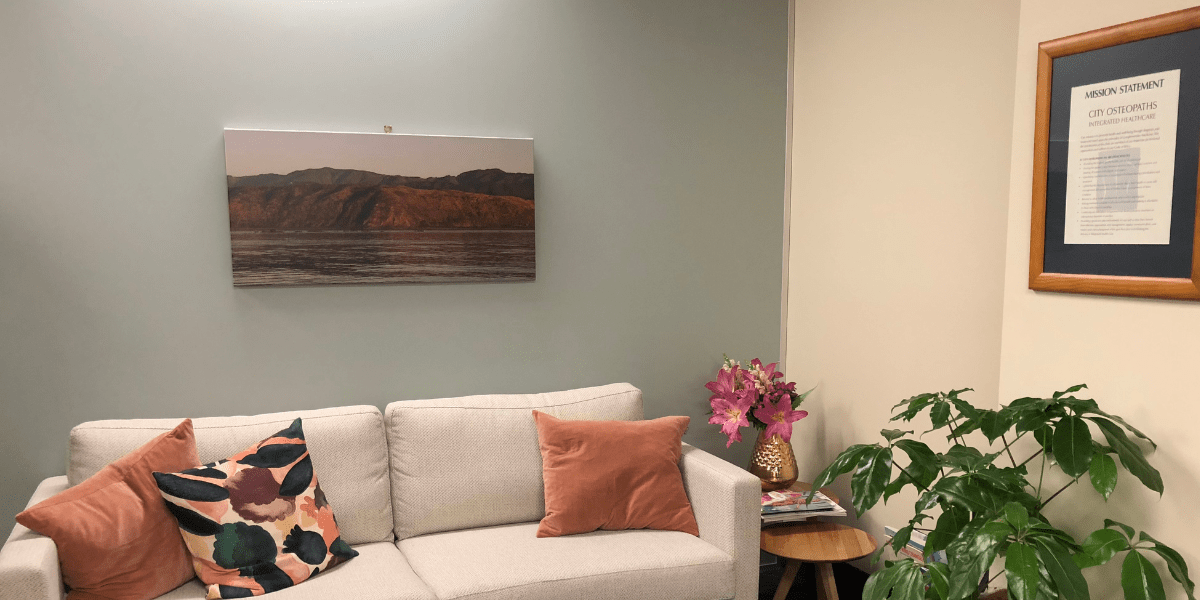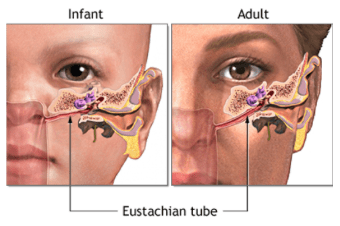The wellbeing of newborn babies is important not only to caring parents, but to the whole of New Zealand, as healthy babies become healthy children and have the best start in life.
At City Osteopaths, our practitioners are skilled in supporting families during the initial phases of the baby’s life, enhancing this magical and peaceful pathway.
Through an osteopathic consultation focusing on the pregnancy and labour history and a gentle physical examination of the baby, we can help provide an optimal experience for parents and babies.
WHAT IS OSTEOPATHIC MANUAL TREATMENT (OMT) FOR NEWBORNS?
OMT for newborns involves direct and indirect very gentle hands-on techniques to relieve the strains from in the womb or the birth process, assisting normal tissue function. OMT works on the strains that can affect the bones, fascia and body fluids.
OMT is able to increase blood flow, improving nutrient supply and removing waste products and dead cells.
In particular, osteopathy in the cranial field focuses on feeling the collective rhythms of the cyclic movements of the body functions. Cranial practitioners are able to treat and influence this rhythm to improve head posture and also help restore the important movements of the soft cranial bones.
The potential applications of OMT to pediatrics are many and extend to areas other than musculoskeletal problems:
Assist in the management of sucking dysfunctions, breastfeeding difficulties and tongue tie;
Provide effective treatment for recurrent otitis media;
Reduce gastrointestinal problems, such as colic and reflux;
Improve skull symmetry, when affected by plagiocephaly;
Reduction of neck strain or torticollis;
Works as a complementary therapy for cerebral palsy and attention deficit disorder;
Supportive treatment for clubfoot management
Osteopathic manual treatment and sucking dysfunctions
Breastfeeding is one of the most unique experiences for a new mum. However, recent studies (Herzhaft-Le Roy, Xhignesse and Gaboury, 2016) have shown that half the new mothers stop breastfeeding due to biomechanical issues with the baby.
Our osteopaths carefully identify the restrictions in the baby’s skull sutures and their potential effect on the hypoglossal nerve which is essential for tongue movements and the sucking process. We can treat the tongue itself to help with improving function.
At City Osteopaths we also promote structural techniques for the neck and jaw muscles that can be tight after a difficult and long labour, which can result in a lack of jaw and neck mobility during the feeding. We work alongside lactation consultants to achieve the optimal results for you and your baby.
Osteopathic manual treatment and otitis media
Otitis media or middle ear infection is a common paediatric issue. This is because the child’s Eustachian tube, which connects the middle ear to the throat, is more horizontal than the one in adults and this reduces drainage and increases the possibility of having congestion in the middle ear which can lead to an environment where bacteria thrive and can cause a painful infection.
Since the 2000s, due to concern over antibiotic resistance, complementary medicine and in particular, osteopathic treatment, have also been shown to be effective in preventing speech, language and learning problems (Steele et al., 2014).
At City Osteopaths, our practitioners are able to apply multiple gentle techniques to improve the drainage from the Eustachian tube and from the venous sinuses, in order to more quickly resolve the otitis media and decrease the incidence of further episodes.
Osteopathic manual treatment and gastrointestinal symptoms
Infantile colic is a leading cause of prolonged baby crying. It occurs in 4 out of 10 young infants.
To reduce gastrointestinal symptoms such as reflux and colic, our paediatric osteopaths are trained to work to assist the vagus nerve, which helps manage the functions of the digestive tract. Due to the position of the baby in the womb and during the birth process, the vagus nerve may be compromised, resulting in an increase in digestive contractions and irritability. At City Osteopaths we utilise cranial osteopathy to treat the specific cranial dysfunctions and suture tensions, which can compress the vagus nerve, helping to restore healthy functioning, to your young child's digestive tract (Castejón-Castejón et al., 2019).
In addition, we are able to support parents’ concerns by giving appropriate advice and helping the baby’s immune system with specific supplements.
Osteopathic manual treatment and positional plagiocephaly
Around 50% of babies present with head shape deformities. It is a common concern for new parents.
Positional plagiocephaly is a clinical condition that refers to a newborn with a flattening of a portion of the head (usually the occipital skull bone) and consequent swelling of another portion of the head, resulting in a parallelogram-shaped head.
The cause can be found in mechanical strains such as traction or compression acquired during the intrauterine life, during childbirth or suboptimal positioning of the head after birth.
Early treatment in this stage is highly recommended in order to decrease the possibility of developing postural and musculoskeletal compensations (possible scoliosis, or leg length discrepancy), visual and ophthalmic alterations and jaw disorders (Filisetti, Cattarelli and Bonomi, 2020).
According to evidence-based articles (Lessard, Gagnon and Trottier, 2011), cranial osteopathic practitioners utilise a variety of osteopathic cranial techniques to decompress the skull sutures and myofascial soft tissue massage in order to normalise the forces and the tension of the membranes in the head and improve the soft tissue remodelling.
In addition, our pediatric practitioners are experienced in providing parental education and guidance to assist recovery.
Bibliography:
Castejón-Castejón, M., Murcia-González, M. A., Martínez Gil, J. L., Todri, J., Suarez Rancel, M., Lena, O. and Chillón-Martínez, R. (2019) ‘Effectiveness of craniosacral therapy in the treatment of infantile colic. A randomized controlled trial’, Complementary Therapies in Medicine, 47.
Cerritelli, F., Martelli, M., Renzetti, C., Pizzolorusso, G., Cozzolino, V. and Barlafante, G. (2014) ‘Introducing an osteopathic approach into neonatology ward: the NE-O model’, Chiropr Man Therap, 22(18), pp. 1-10.
Filisetti, M., Cattarelli, D. and Bonomi, S. (2020) ‘Positional plagiocephaly from structure to function: Clinical experience of the service of pediatric osteopathy in Italy’, Early Hum Dev, 146.
Hayden, C. (2010) ‘Cranial osteopathy for infants, children and adolescents: A practical handbook’, International Journal of Osteopathic Medicine, 13(2), 79.
Herzhaft-Le Roy, J., Xhignesse, M. and Gaboury, I. (2016) ‘Efficacy of an Osteopathic Treatment Coupled With Lactation Consultations for Infants - Biomechanical Sucking Difficulties’, Journal of Human Lactation, 33(1), pp. 165-172.
Lessard, S., Gagnon, I. and Trottier, N. (2011) ‘Exploring the impact of osteopathic treatment on cranial asymmetries associated with nonsynostotic plagiocephaly in infants’, Complement Ther Clin Pract, 17(4), pp. 193-198.
Mills, M. V. (2021) ‘The use of osteopathic manipulative treatment in the newborn nursery and its effect on health in the first six months of life: A retrospective observational case-control study’, Complementary Therapies in Clinical Practice, 43, pp. 1-7.
Steele, K.M., Carreiro, J.E., Viola, J.H., Conte, J.A. and Ridpath, L.C. (2014) ‘Effect of osteopathic manipulative treatment on middle ear effusion following acute otitis media in young children: a pilot study’, J Am Osteopath Assoc, 114(6), pp. 436-47.
To find out more about the author Giulia Click Here


